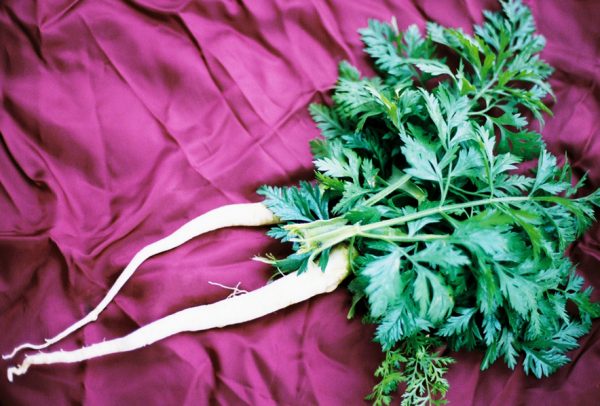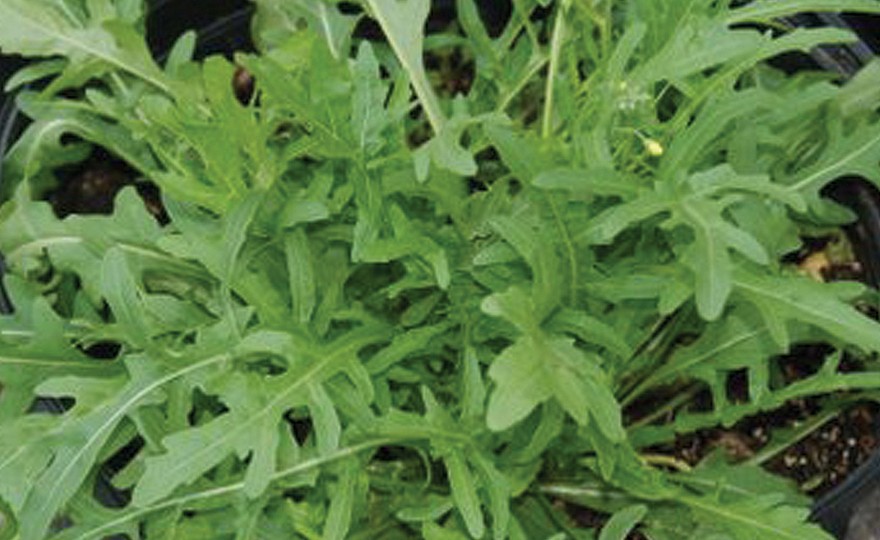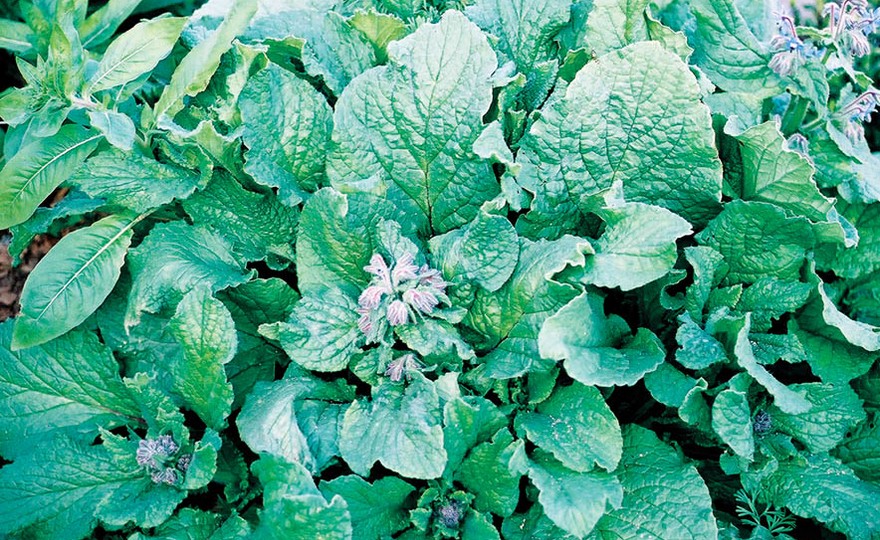
Parsley, Hamburg Rooted
-
- **SOLD OUT** HOLIDAY GIFTS **SOLD OUT**
- **SOLD OUT** Holiday Books **SOLD OUT**
- **SOLD OUT** Holiday Citrus **SOLD OUT**
- **SOLD OUT** Holiday Gift Certificates **SOLD OUT**
- **SOLD OUT** Holiday Paperwhites **SOLD OUT**
- **SOLD OUT** Holiday Praying Mantis Kits **SOLD OUT**
- **SOLD OUT** Holiday Tools **SOLD OUT**
- **SOLD OUT** Holiday Wildflower Mixtures **SOLD OUT**
- Citrus Trees
- **SOLD OUT** - Vegetable and Herb Plants - Mix & Match any 6 Plants for $50 - Only Shipped in Quantities of 6
- Elephant Ear Plants & Roots
- **SOLD OUT** 4-Inch Pot Herb Plants **SOLD OUT**
- Rare Plants
- **SOLD OUT** Vining Plants **SOLD OUT**
- Asian Seeds
- Beneficial Bugs
- Books
- Citrus Fertilizers
- Cold-Treated Bulbs - SEE BULBS FOR FALL PLANTING TO ORDER
- Cold-Treated Allium
- Cold-Treated Chionodoxa
- Cold-Treated Crocus
- Cold-Treated Hyacinthoides
- Cold-Treated Hyacinthus Orientalis
- Cold-Treated Narcissus
- Cold-Treated Cyclamineus Narcissus
- Cold-Treated Double Heirloom Narcissus
- Cold-Treated Jonquilla Narcissus
- Cold-Treated Large Cupped Narcissus
- Cold-Treated Poeticus Narcissus
- Cold-Treated Small Cupped Narcissus
- Cold-Treated Species Miniature Narcissus
- Cold-Treated Split Cupped Narcissus
- Cold-Treated Tazetta Narcissus
- Cold-Treated Triandus Narcissus
- Cold-Treated Trumpet Daffodils
- Cold-Treated Ornithogalum
- Cold-Treated Rock Garden Iris
- Cold-Treated Scilla
- Cold-Treated Tulips
- Cold-Treated Emperor Tulips
- Cold-Treated Fringed Tulips
- Cold-Treated Green or Viridiflora Tulips
- Cold-Treated Lily Flowering Tulips
- Cold-Treated Parrot Tulips
- Cold-Treated Peony Flowering Tulips
- Cold-Treated Single Early Tulips
- Cold-Treated Single Late Tulips
- Cold-Treated Species Tulips
- Cold-Treated Triumph Tulips
- Flower Bulbs, Corms and Tubers
- Bulbs for Spring Planting
- Bulbs for Fall Planting - ALL BULBS AVAILABLE ARE COLD TREATED FOR PLANTING AS SOON AS SOIL CAN BE WORKED
- Fall Blooming Bulbs
- Garden Tools & Equipment
- Gift Certificates
- HHH Exclusive Wildflower Mixtures
- Wildflower Mixtures
- Heirloom Garlic
- Potatoes
- Roots & Sets
- Seeds
- Flowers
- Herbs
- Vegetables
- **SOLD OUT** HOLIDAY GIFTS **SOLD OUT**
-
- No products to compare
-
75 in stock
Quick Overview
PARSLEY, Hamburg Rooted
FULL SUN Hamburg-rooted parsley is little known in the United States, but it has been known and used in Europe since the 16th century where it was first used in Germany. Parsley should always be direct seeded, because it does not transplant well. Hamburg-rooted Parsley can be sown as soon as the ground can be worked.in the spring and the danger of frost has passed. Soil should be deeply spaded before planting. Plant seeds 1 inch deep in rows 8-10 inches apart. When seedlings are 2 inches high, thin, leaving 6-8 inches between plants.
| Type | Spacing | Planting Depth | Days to Germination | Maturity | Height | Hardiness Zone |
| Biennial | 6-8 in. | 1 in. | 14-21 | 75 | 8-12 Inches | 3-9 |

Parsley, Hamburg Rooted
Parsley is the most popular herb in the world. Native to the Mediterranean, it is now cultivated on every continent and is an ingredient in more cuisines than any other vegetable/herb. It may be the oldest vegetable/herb cultivated by mankind. As a culinary herb it has been used for more than 2,000 years, but as a medicinal herb it has been used for much longer. It was introduced into the British Isles in the 1500s and brought to America with the earliest colonists. It is described by McMahon in the very first book on American horticulture, The American Gardener’s Calendar, (1806).
Most Americans now think of flat-leaf (Italian) parsley as the parsley to cook with, curly leafed as the condiment parsley and Hamburg-rooted as the parsley no one has ever heard of. Unfortunately, flat-leafed parsley has such a strong flavor that it often masks the other flavors in a dish.
Actually, curly-leafed parsley, for the American palate, is excellent because its milder flavor does not dominate the other flavors in a dish. Also curly-leafed parsley is much, much more cold tolerant than flat-leafed. With good mulching, in most winters, curly-leafed can be harvested all winter at Zone 5 and higher.
Hamburg-rooted parsley is little known in the United States, but it has been known and used in Europe since the 16th century where it was first used in Germany. The plant produces leaves that can be harvested like other parsleys, but it is the root that is the important part of this plant. The root is used like one would use parsnip root – in stews, soups, sauces and roasted. It has the mild flavor of parsley, but when roasted it sweetens slightly.
Perhaps the neatest characteristic of parsley is that it is an excellent companion plant. It attracts many beneficial pollinators and insects. When planted near tomato plants it is known to attract the wasp that preys on tomato hornworms. What better friend can you have than that?






